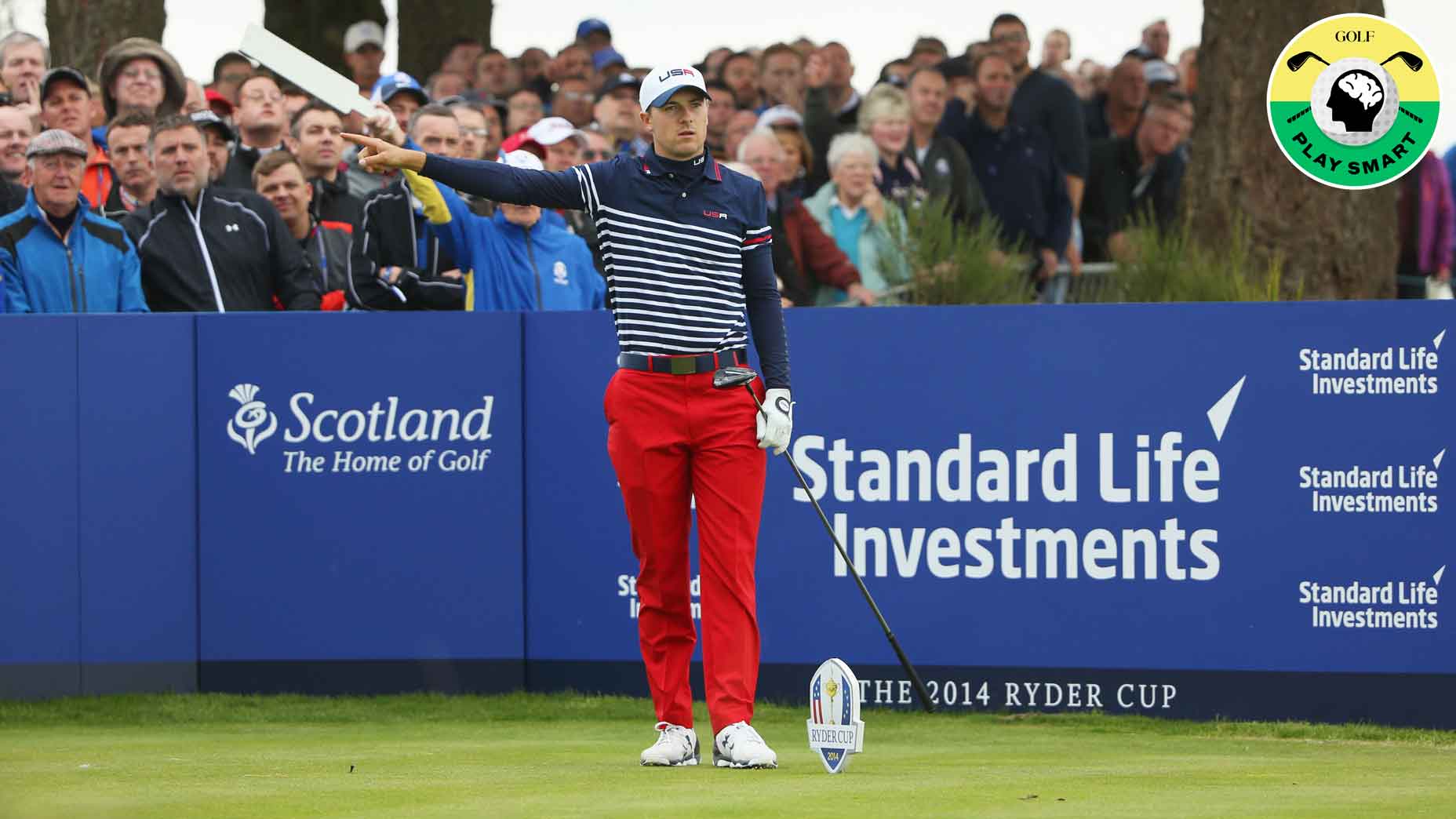 You need to do this drill if you want crisper short-game shots
You need to do this drill if you want crisper short-game shots
On Women’s Golf Day, 5 smart tips from our Top 100 teachers (now get out and play!)
GOLF’s Top 100 Teachers list is filled with vast amounts of talent from all corners of the country. Many of those teachers are women, who have helped golfers of all ages, genders, shapes and sizes play better golf. Below, on 2019 Women’s Golf Day, we wanted to celebrate some women instructors on our list who are here to help you play better golf along the way.
The Big Breaking Putt
Most golfers never know how much break to play on long putts—they tend to focus too much on the line and not enough on the area around it. To flip the script, determine the correct roll on, say, a 20-footer, then re-create the track by placing balls at three-foot increments, start to finish. With the roll re-recreated and highly visible, you can see how the ball typically reacts depending on where it is in its journey to the cup. Notice in the photo below how (1) the first section of this putt features a slight right-to-left curve, but nothing too severe, because the ball is moving at its fastest. Section (2) is where pace begins to slow, so the ball becomes more susceptible to gravity and the right-to-left slope. Near the cup (3) is where things tend to straighten out—the big breaking section (2) is almost always followed by a flat spot (otherwise the hole placement could be illegal). — Kellie Stenzel
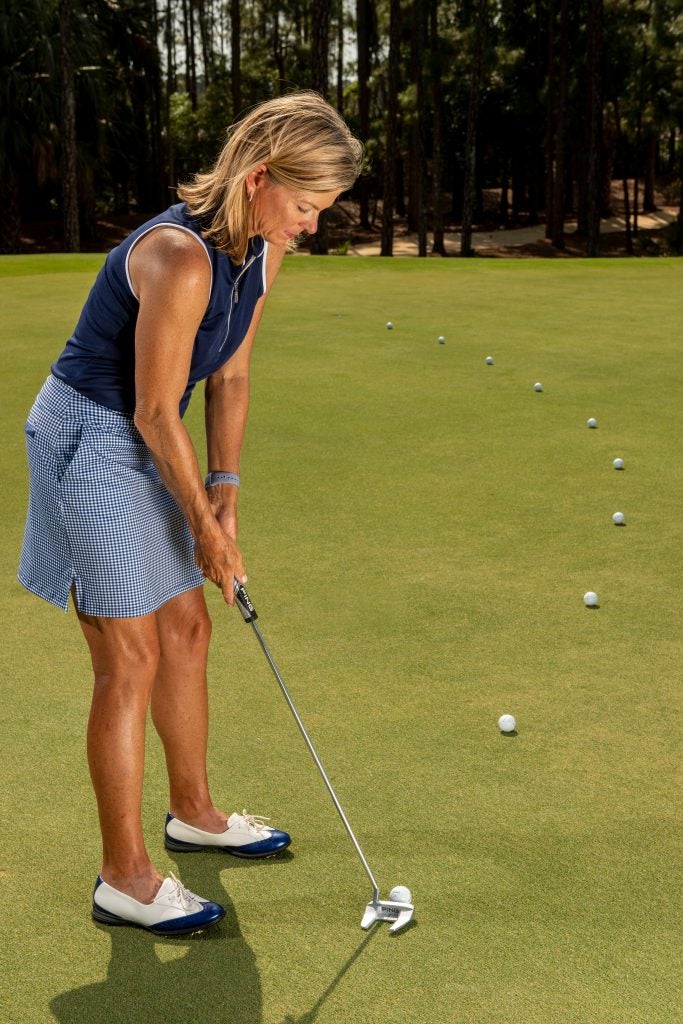
The Short Bunker Shot
Short bunker shot success depends largely on a solid setup. The next time you’re in greenside sand, run though the following checkpoints to nail this critical part of your routine. 1: Take a normal-width stance (feet just outside your shoulders) with the ball positioned forward of center. 2: Flare your front foot and shift your weight both forward and toward the target so that your front foot and knee line up. 3: Grip the club lightly at the same part of the handle you use for a full iron shot. (A lot of golfers choke down on the grip here, and I have no idea why. Scared of this shot? You shouldn’t be!) 4: Open the clubface slightly. By adding loft you can commit to both a full backswing and downswing. Explosion shots require an accelerating swing. Don’t hold back! — Debbie Doniger
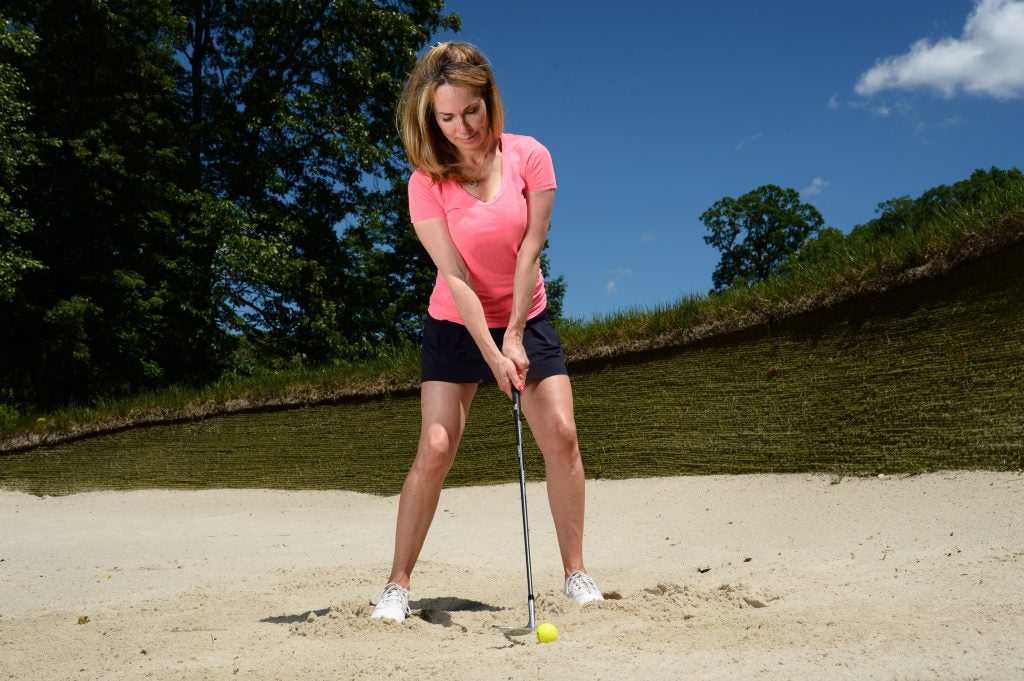
ADVERTISEMENT
Ball Flight Boot Camp
The next time you visit the range, set an alignment stick 10 yards from the ball directly on your target line. Your goal if you’re a slicer is to start the ball to the right of the stick, swinging slightly from the inside-out and gently rolling your forearms so that the ball curves and lands on the left side of the rod. Hookers: Swing slightly out-to-in (so that the ball starts to the left of the stick) and use less forearm roll to help the ball curve to the right. In both cases, the stick trains you to improve your path and clubface control to groove a swing that naturally kicks your bugaboo ball flight to the curb. — Krista Dunton
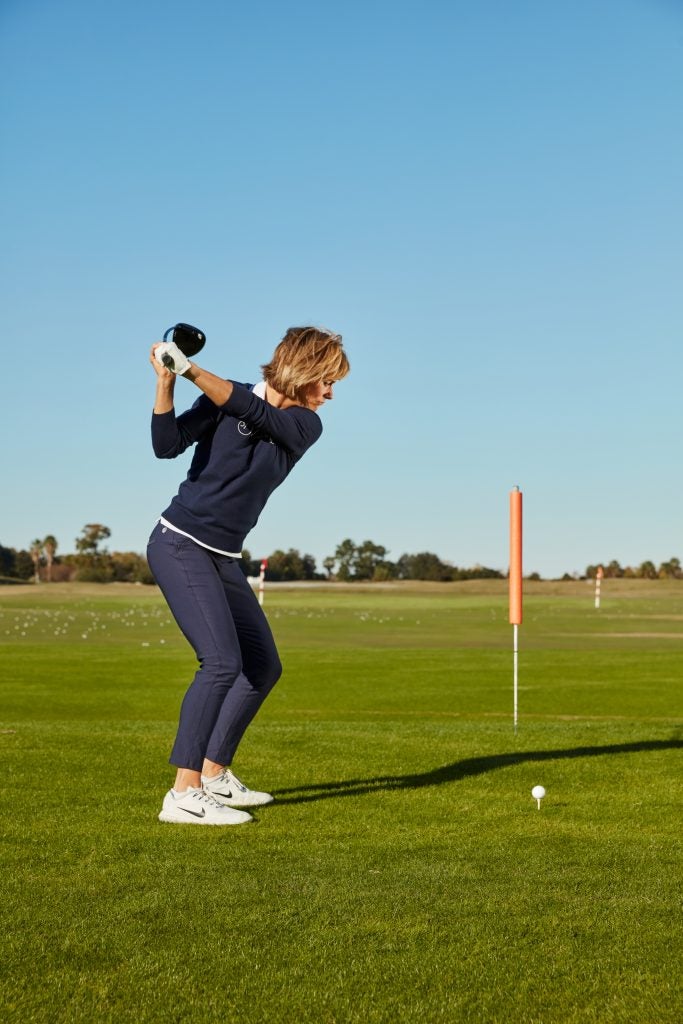
Rotate Your Ribs
Thanks to 3-D technology, instructors know more about the biomechanics behind the swing than ever before. One interesting discovery is that your rib cage is the primary provider of rotational power, especially on the downswing. Makes sense: If you turn your rib cage, you’ll turn your shoulders, and your shoulders branch out to your arms and hands. Place a golf towel across your chest, securing the ends under your armpits. Make your everyday swing. The goal with the Towel Drill is to make sure the towel doesn’t drop to the ground when you swing. If it does, it means you stopped turning your rib cage and allowed your arms to race ahead of your body (photo, above). Keep those ribs turning as you open your hips to the target (as you see in the article’s top photo). The ball won’t know what hit it. — Carol Preisinger
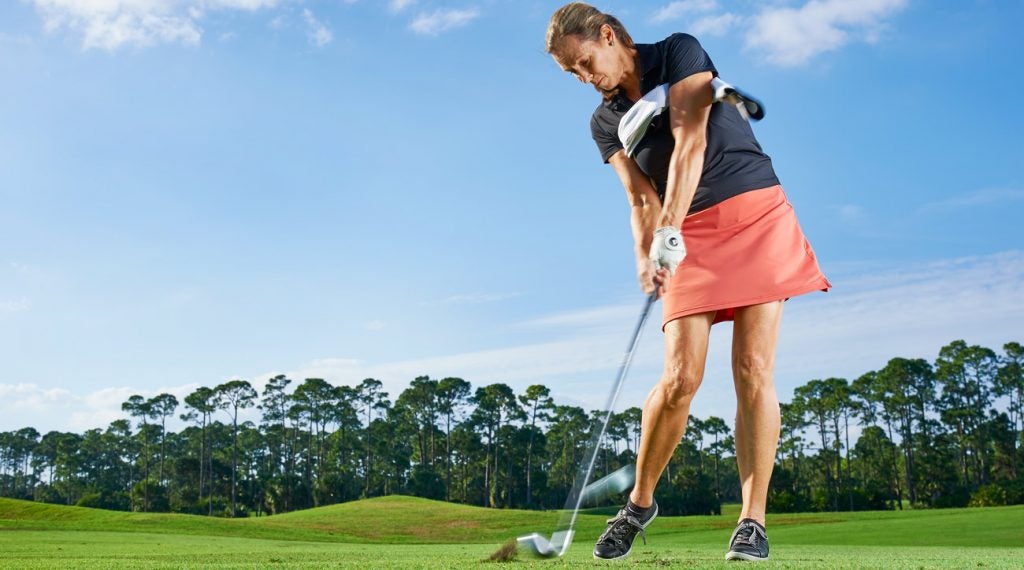
Sweetspot Control
Everybody wants to hit the ball far, but that doesn’t always mean swinging hard. Everybody can hit it far if they learn to hit the ball off the center of the clubface. The key is training yourself how to do it. Here’s an idea: Grab some foot powder and spray it on the face, then hit the ball. Immediately you’ll be able to see where on the clubface you hit the ball, allowing you to make the adjustments you need. — Tina Tombs
To receive GOLF’s all-new newsletters, subscribe for free here.
ADVERTISEMENT






